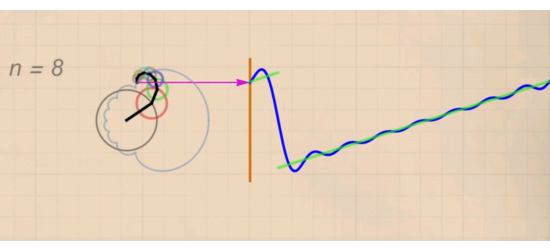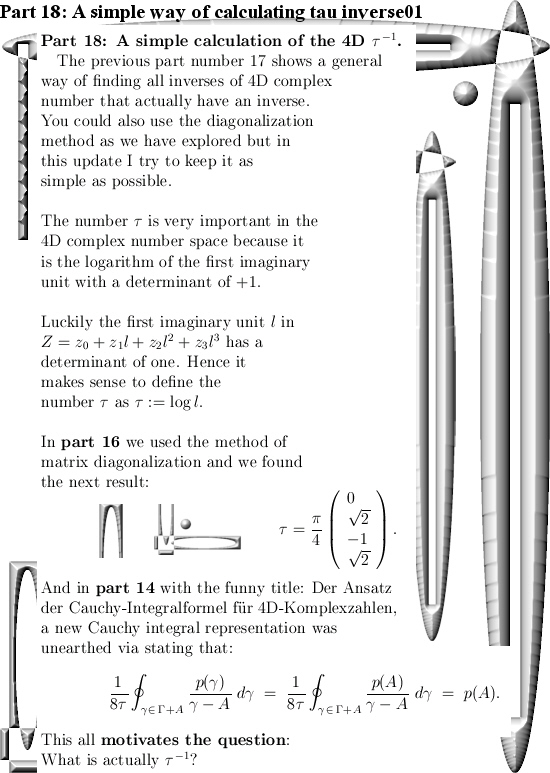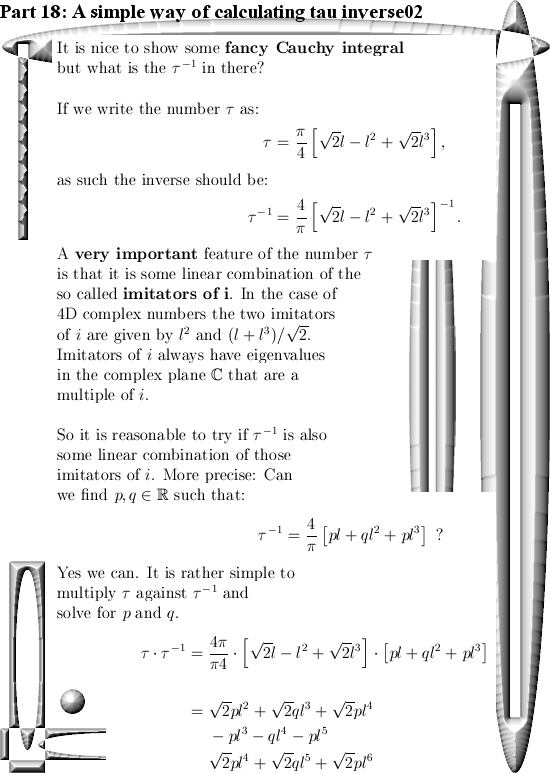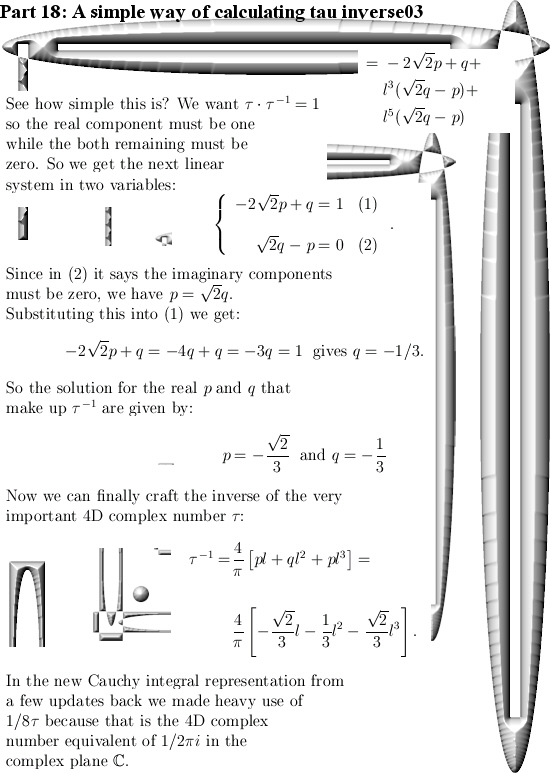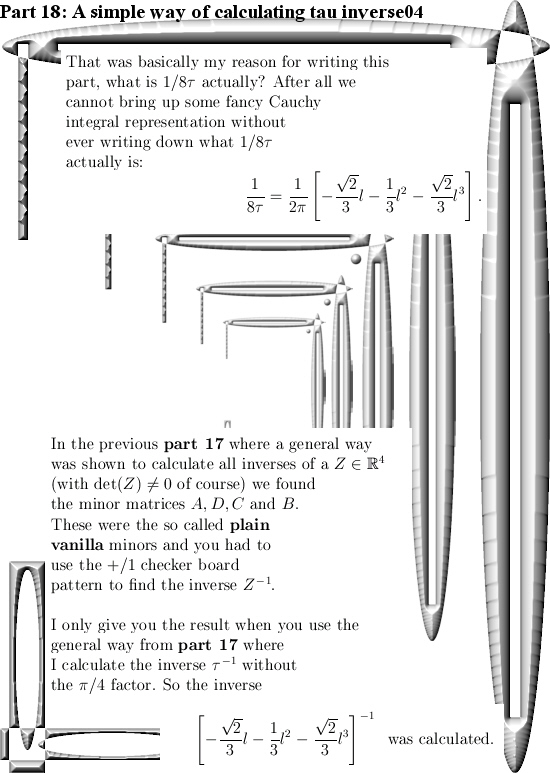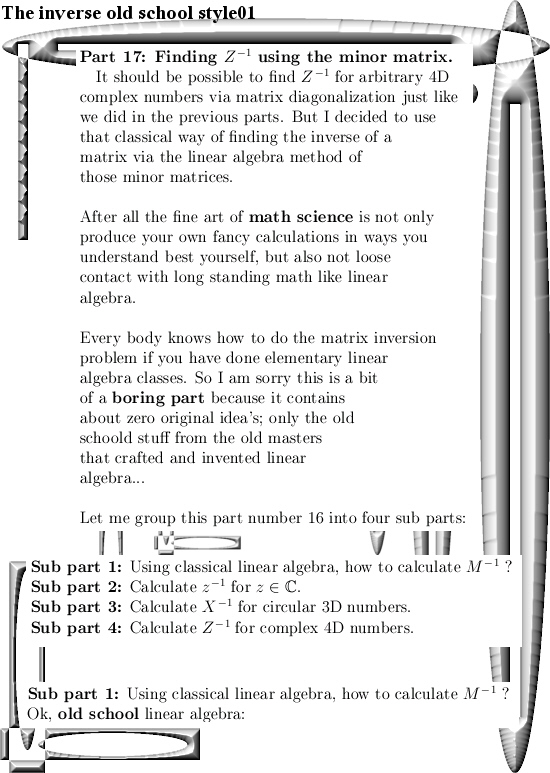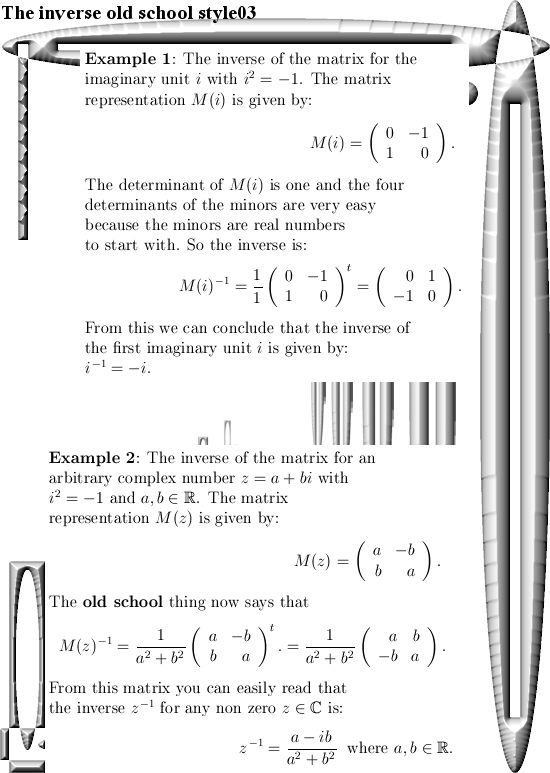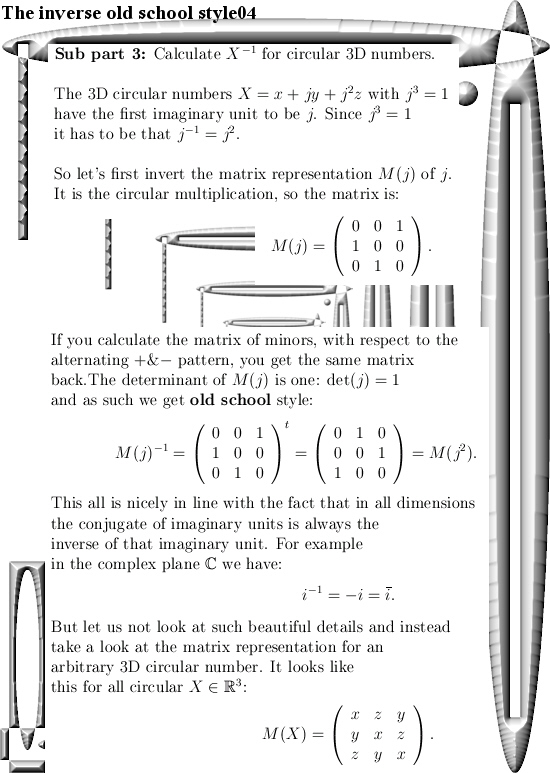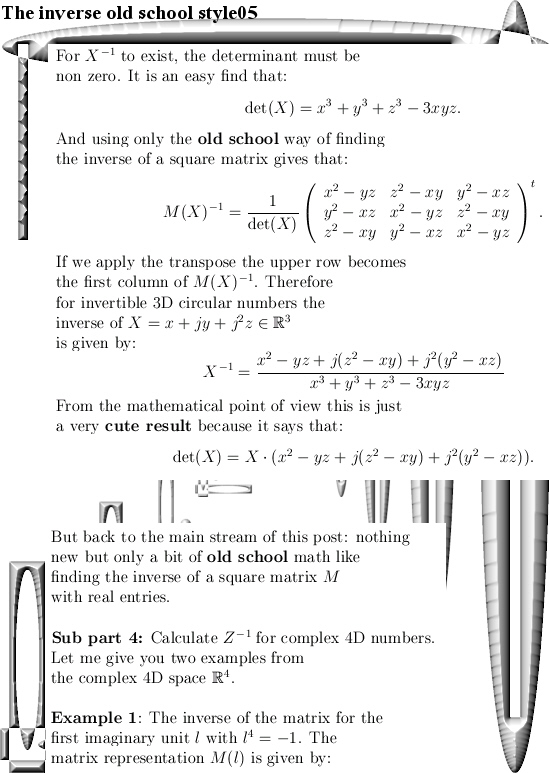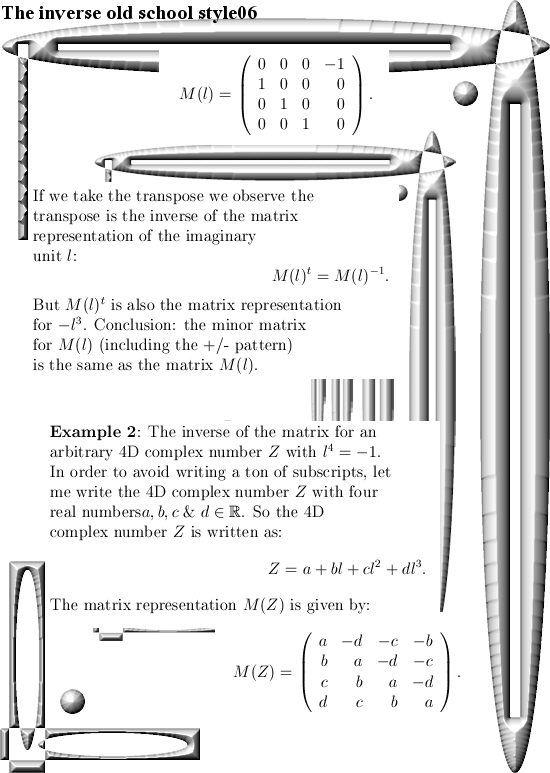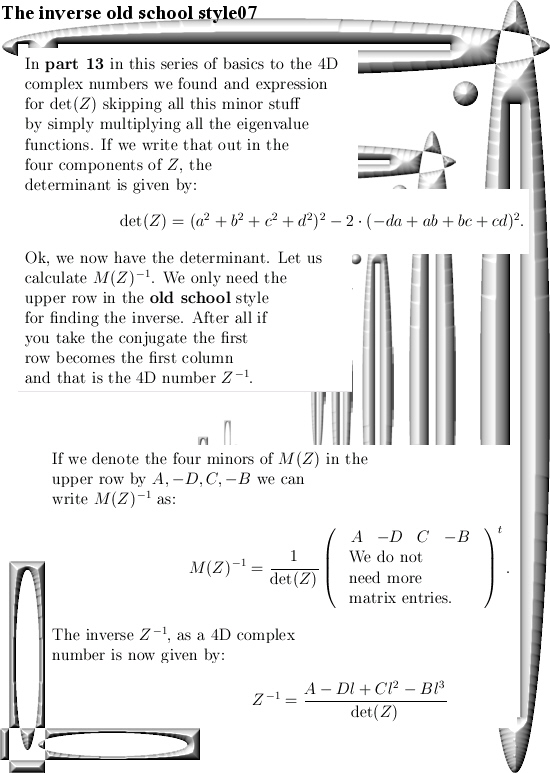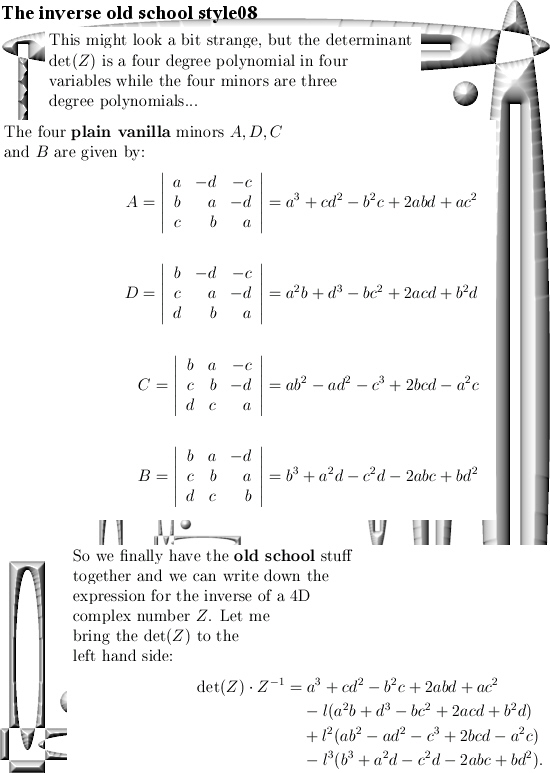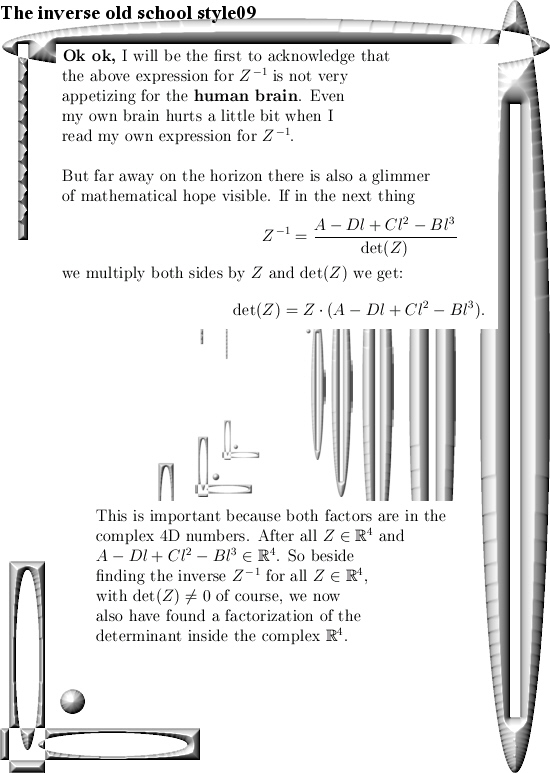There is more than one candidate; the possible explanation of those solar loops via the rotating plasma under it is indeed very very nice.
But it is very hard to find experimental evidence for that, how to check that on the sun where there is one of those solar loops, the solar plasma underneath it is rotating?
So my choice for this year most beautiful insight is how those magnetic domains in materials like iron actually work. If my thinking on electrons as magnetic monopoles is correct, you could view those magnetic domains as surplusses of either north-pole electrons or south-pole charged electrons.
This should be much more easy to verify experimentally. After all there is still plenty of magnetic tape around and the best way of checking if magnetic domains are suplusses of one of the two magnetic charges is much more handy if you have a flat surface like magnetic tape.
Furthermore at present day it should be possible to measure very small magnetic charges. After all in most computers there still are spinning hard disks that use magnetism as the basic information storage.
Anyway to make a long story short: If in a flat material like magnetic tape you can go around a magnetic domain with a tiny compass, all of the time the tiny compass should point towards that magnetic domain with the same side of the compass needle.
So it should always point with the north-pole of the compass needle or the south-pole of the compass needle. Remark that according to standard physics theory going around a magnetic domain should always give different readings with a tiny compass needle…
Also in that line of thinking, the domain walls shoud have surplusses of electron pairs that all are spinning around to compensate or neutralize the magnetic forces they feel. An important clue to that lies in the fact you cannot really move or transport domain walls in a wire as the engeneers of IBM tried with making their nano wire racetrack memory.
This year we heard more or less nothing from IBM with progress into the concept of nano wire racetrack memory. Yeah yeah, the price of not understanding electron spin is huge, if we could have fast computer memory that uses very little energy that would be great…
This year I also gave up on my fantasies of trying to make an official publication in some physics yournal. I don’t think such a publication will ever pass the peer review that those scientific yournals use. Those peer review people just want the electron is a magnetic dipole and that’s it. So I did not try that this year nor will I try next year.
Not that I am aginst peer review. Suppose there would be zero peer review and think for example medical scientific publications. They would be filled with all kind of weird benefits that homeopathy therapy has, or the healing of your chakra’s with mineral chrystals… Of course we cannot have that. As such there must always be the so called peer review…
Ok, the word count counter says 500+ words written so I have to stop writing.
Here is the link to what I self more or less consider as the best improving insight on my behalf on the behavior of all things magnetic. It is from 7 July this year:
07 July 2018: Reason 64: Bloch and Neel walls explained.
http://kinkytshirts.nl/rootdirectory/just_some_math/monopole_magnetic_stuff03.htm#07July2018
Ok, that was it. Happy new year.
